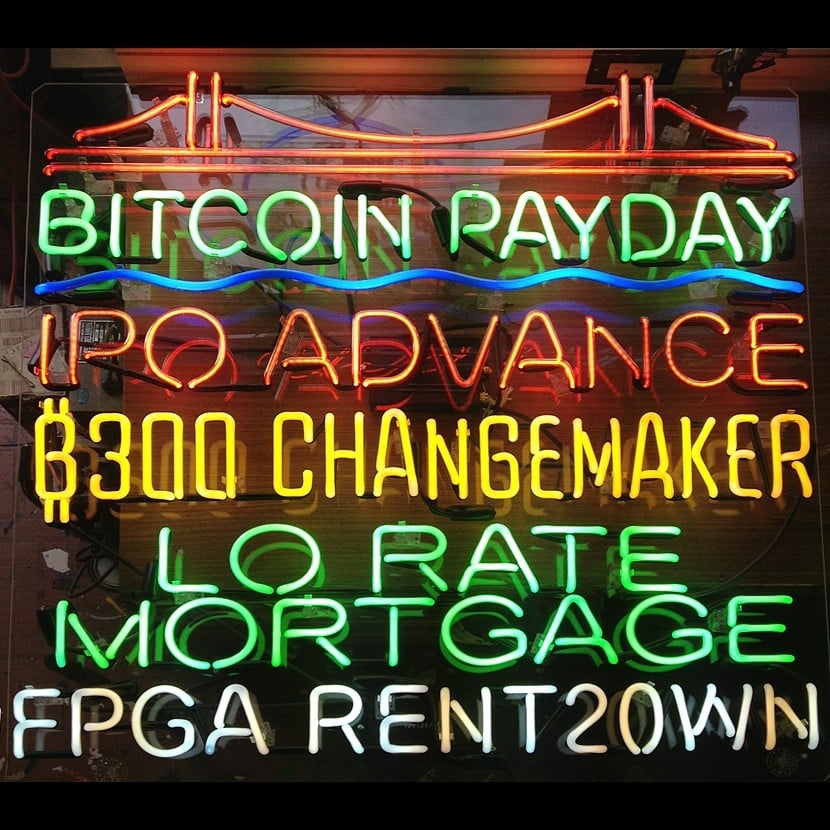
On Friday June 27, the federal government will auction off a small portion of the bitcoin currency seized during the shutdown of the Silk Road, an online black market known for selling drugs and illegal paraphernalia. For those unfamiliar with bitcoin, it is a digital currency with which transactions can be performed without the need for a centralized bank or physical change. The actual value of a bitcoin has been known to fluctuate wildly based on the supply of and demand for the digital moneys (there are a limited number of bitcoins in existence, and they are monitored by a software algorithm).
San Francisco-based artist Tom Loughlin sees a parallel between the arbitrary, ever-fluctuating value of bitcoin and that placed on works of art. As a way to highlight this, he plans to use his own artwork to bid on bitcoins in the government auction, the San Francisco Chronicle reports, turning the typical auction paradigm on its head. After all, he posits, why not trade one thing of seemingly arbitrary value for another?
While bidders were required to make a deposit and verify their identities, Loughlin, who does not own any bitcoins, was able to submit his deposit with the help of a loan from an investor, using his work as collateral. He will bid in the auction using a neon Bitcoin Payday sign, which previously hung in one of Google’s office buildings and will soon go up at the Jack Fischer Gallery in San Francisco, as well as four other neon works he has not yet created. The fact that he is using works not even in existence yet only serves to further highlight the abstractness of both systems. The artist has admitted that while he doubts he will win, that isn’t really the point of his project.
“It’s one thing to have a conversation about what is the value of art and what is the value of bitcoin,” Loughlin told the Chronicle. “To do both is more concrete and also really abstract. It’s a gesture that’s both real and completely virtual.”